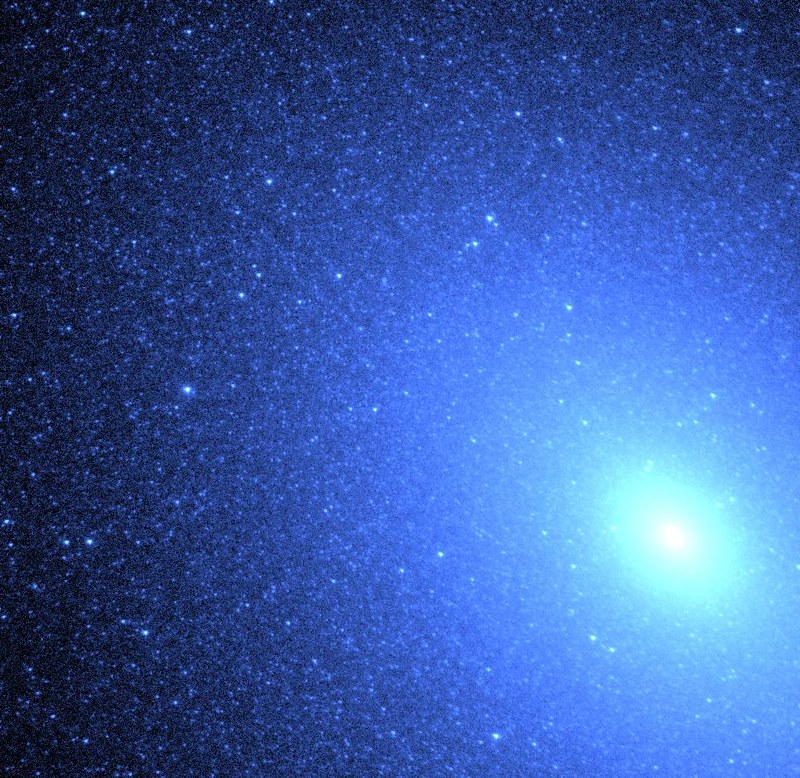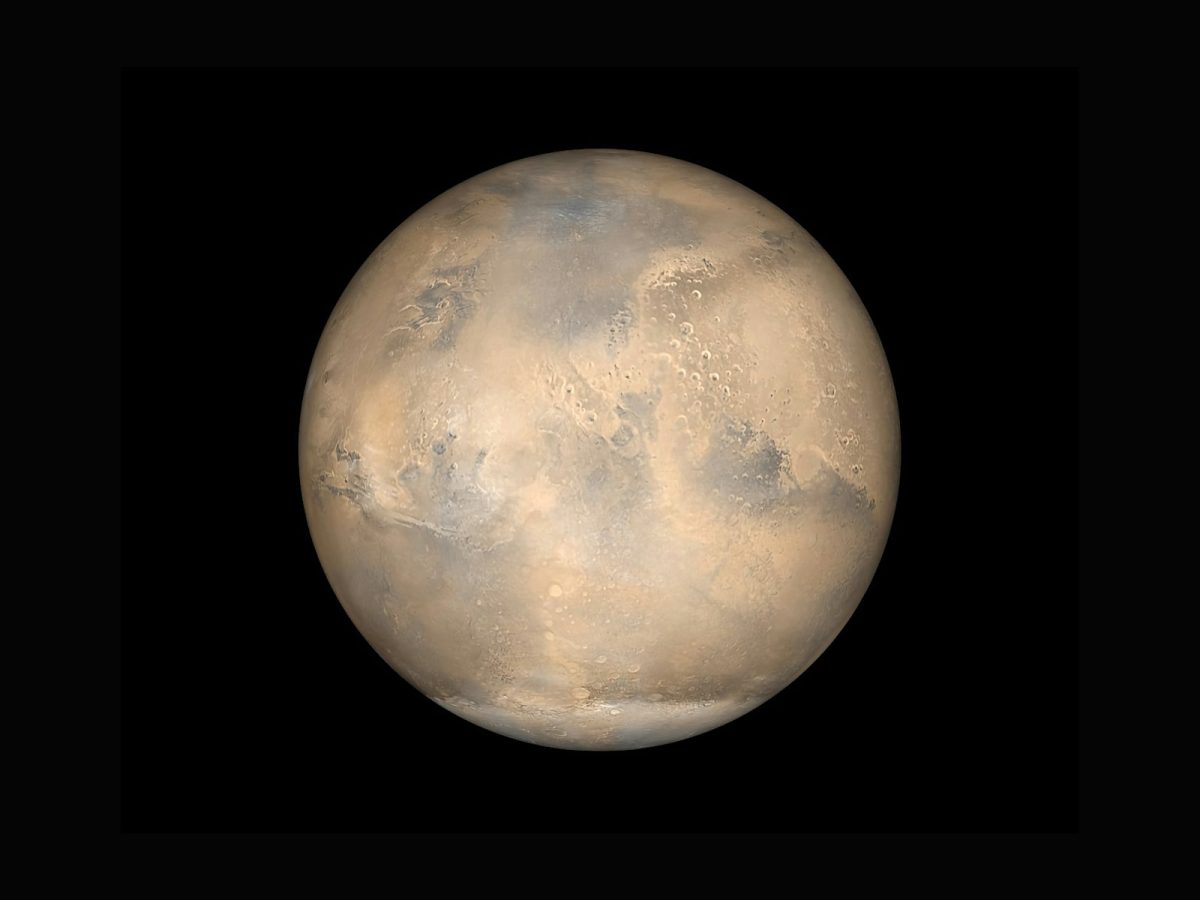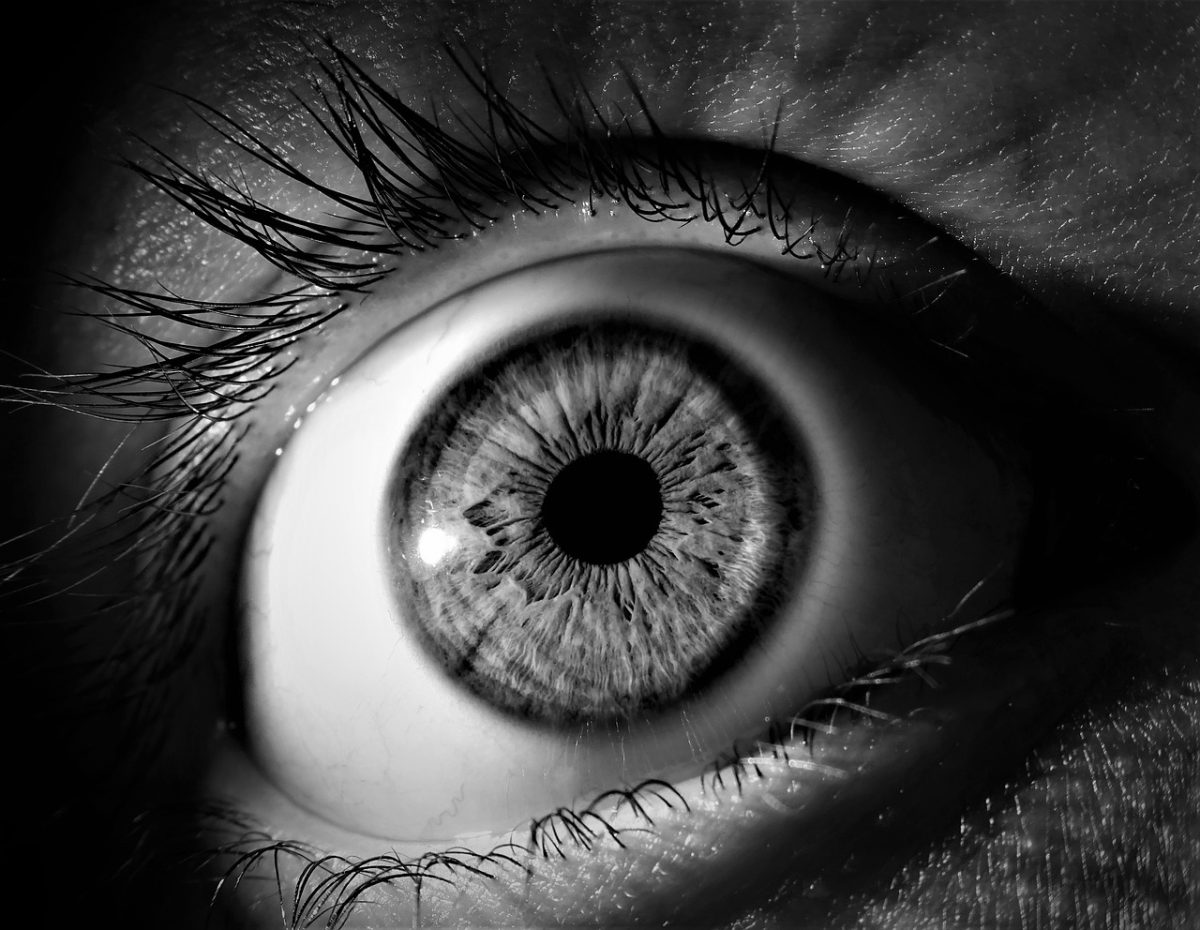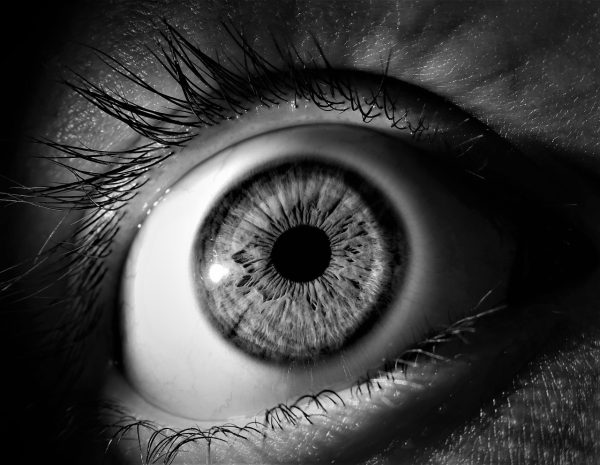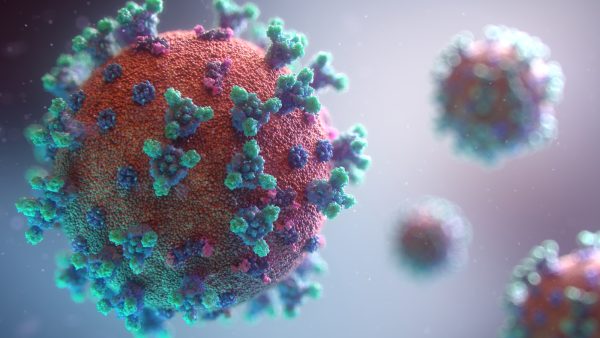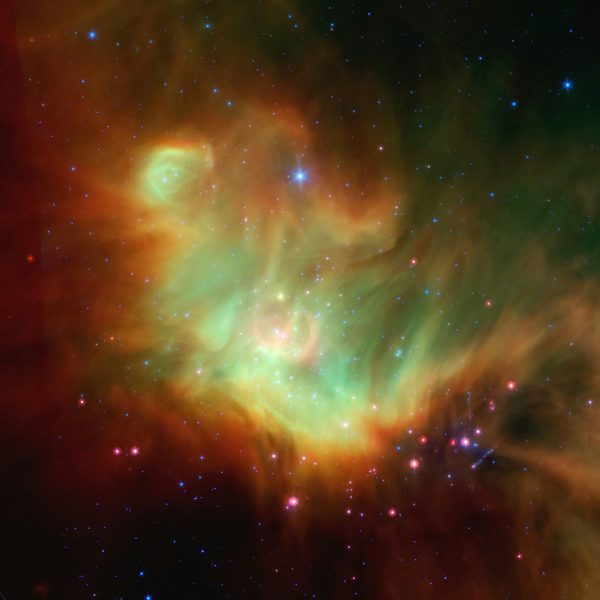Different Types Of Stars
Stars are all over the Universe so lets learn about them.
EDITOR NOTES:
- Each item needs its own photo, so you are missing the last two. Things like Variable Stars have graphics. Good stuff on openverse.
- Each photo must have the image source licensing information in its caption box.
What Are Stars?
Stars are massive collections of hydrogen and helium. They make light by radiating x-rays, these can be harmful to living things, but the earth has an ozone layer, which protects us.
What Types Of Stars Are There?

Brown Dwarf Stars: These are like failing stars, they are very dim, making them hard to spot. They have less than 8% of the mass of our sun. These stars might be the most common type of star.

Red Dwarf Stars: These stars are small, and are cool for a star. They are bigger than brown dwarfs and are 40-50% of the sun’s mass. They take a very very long time to burn out, about 1 trillion years.
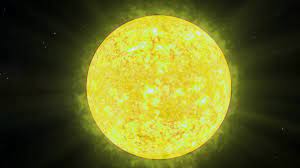
Yellow Stars: Yellow stars, aka main sequence stars, are like our own stars. They are 80-100% the size of our sun and are usually white and not yellow.
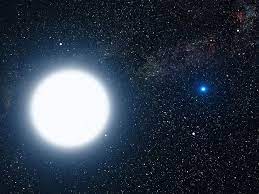
White Stars: Brighter main sequence stars, that have 1.5 to 2 times the mass of our sun. These stars are very very hot, they are 10,000 degrees celsius, for comparison, our sun is 6,000 degrees Celsius.
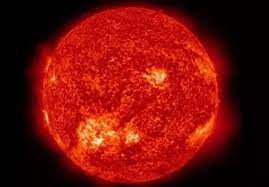
Red Giant Stars: Slightly bright stars, with an average solar mass of 0.5 to 10. When a main sequence star has burned all of its fuel, it begins to expand to multiply its original size and becomes a red giant.
White Dwarf Stars: Small, burnt-out, dense stars that are no longer going through fusion reactions, these are usually about the size of the earth but are many many times denser, around 200,000 times denser.

Blue Giant Stars: These are the biggest stars in the universe. They can be from 10 to 1,000 times brighter than our sun, and from 10 to 1,000 times bigger than our sun.
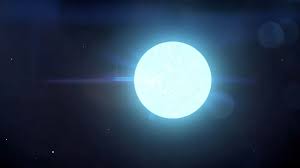
Neutron Stars: These are made during supernovas when there is a gravitational collapse. They are composed almost entirely of crushed neutrons and are very hot and very dense. Although a usual neutron star has a mass between 1.5 and about 2 times that of our Sun, it is 60,000 times smaller than our sun.
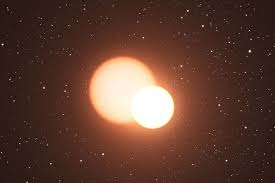
Variable Stars: These stars can grow and shrink and can look like they are pulsating, and can also appear to change brightness, due to the earth’s atmosphere.

Binary Stars: stars that orbit a center point, in a circle.
RELATED STORIES:
https://science.nasa.gov/astrophysics/focus-areas/how-do-stars-form-and-evolve
https://www.britannica.com/science/star-astronomy
https://science.howstuffworks.com/star.htm
https://warwick.ac.uk/newsandevents/knowledgecentre/science/physics-astrophysics/star_types/
TAKE ACTION:
telescope, to look at stars https://www.space.com/15693-telescopes-beginners-telescope-reviews-buying-guide.html
